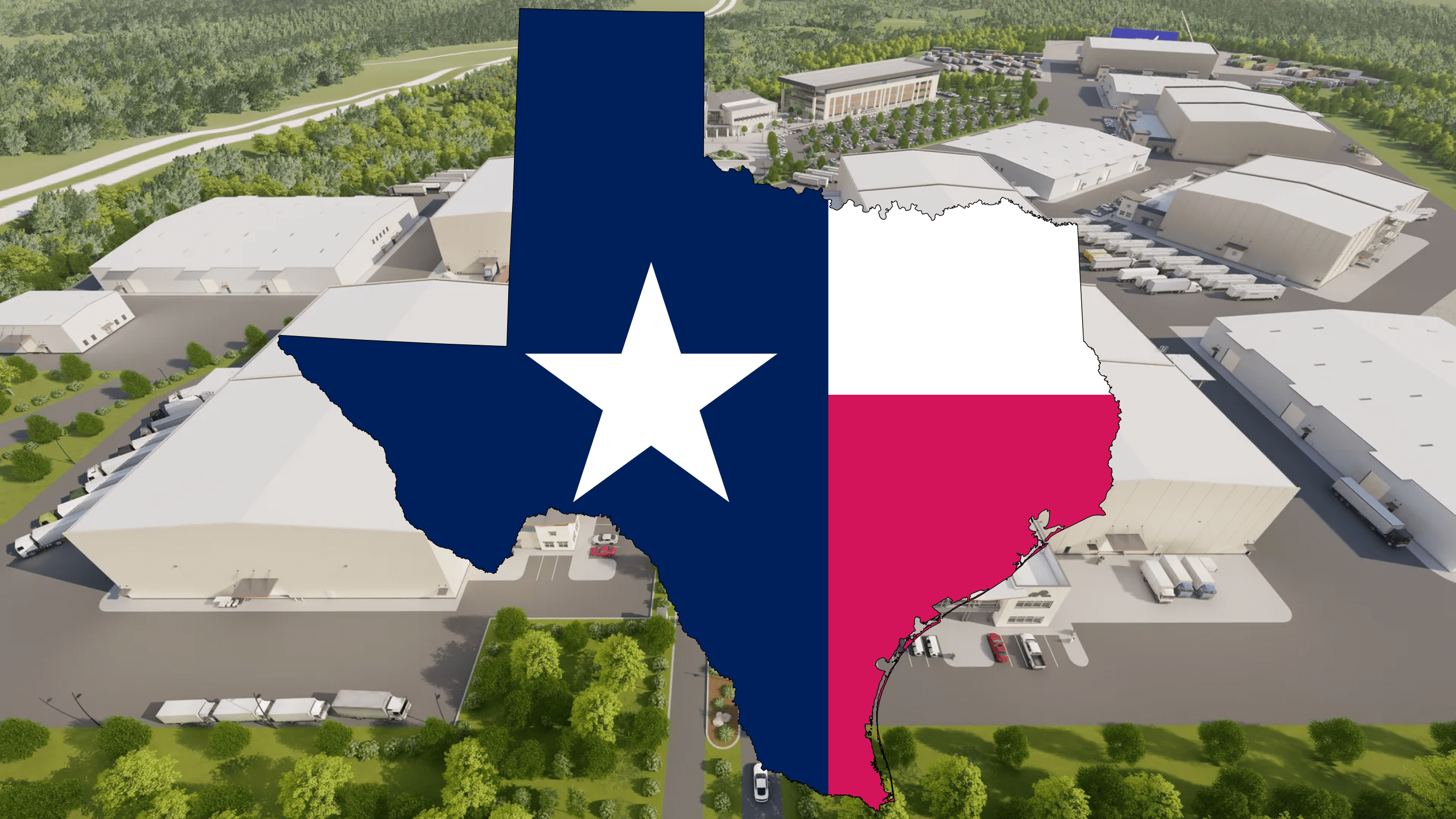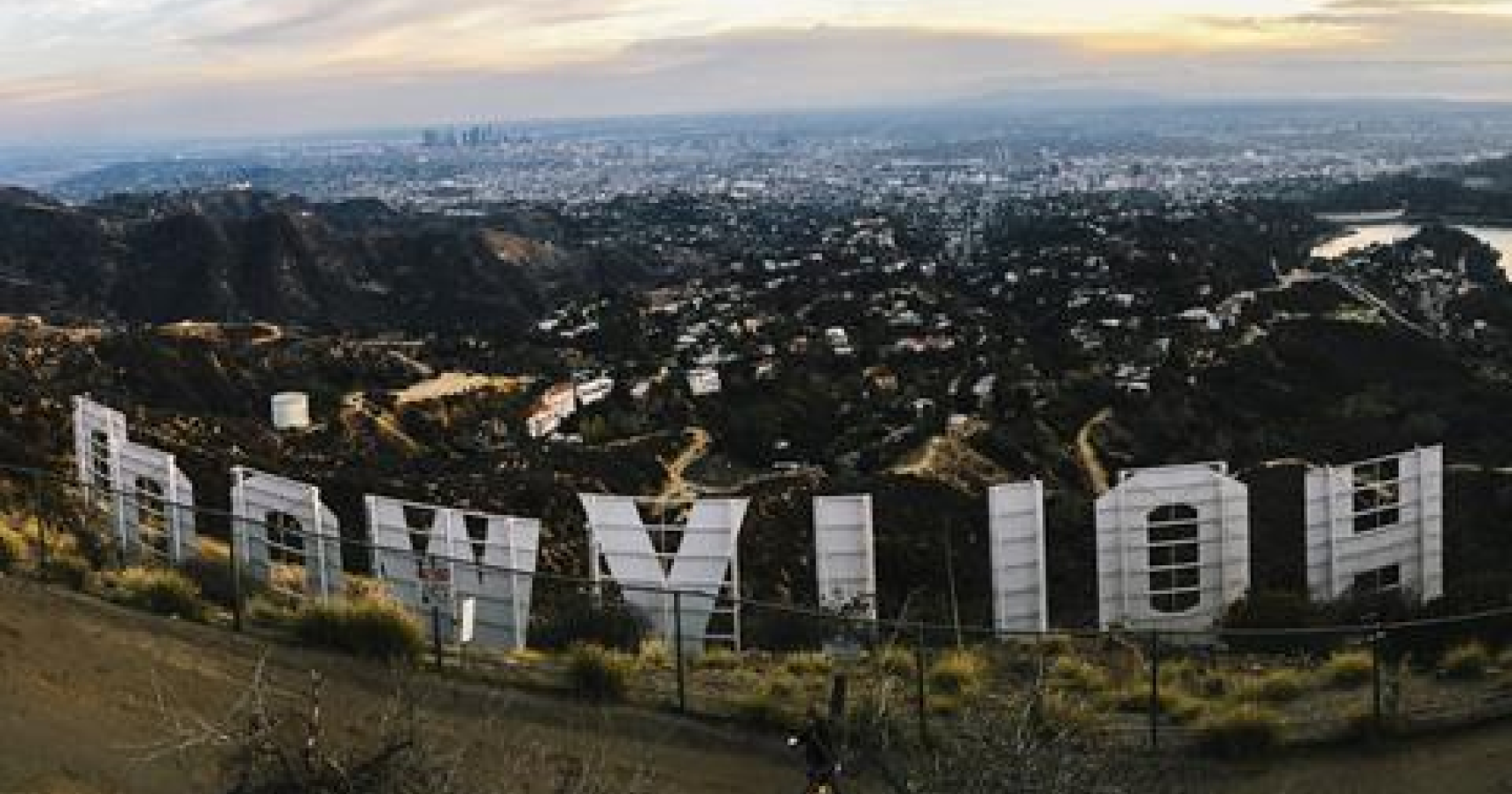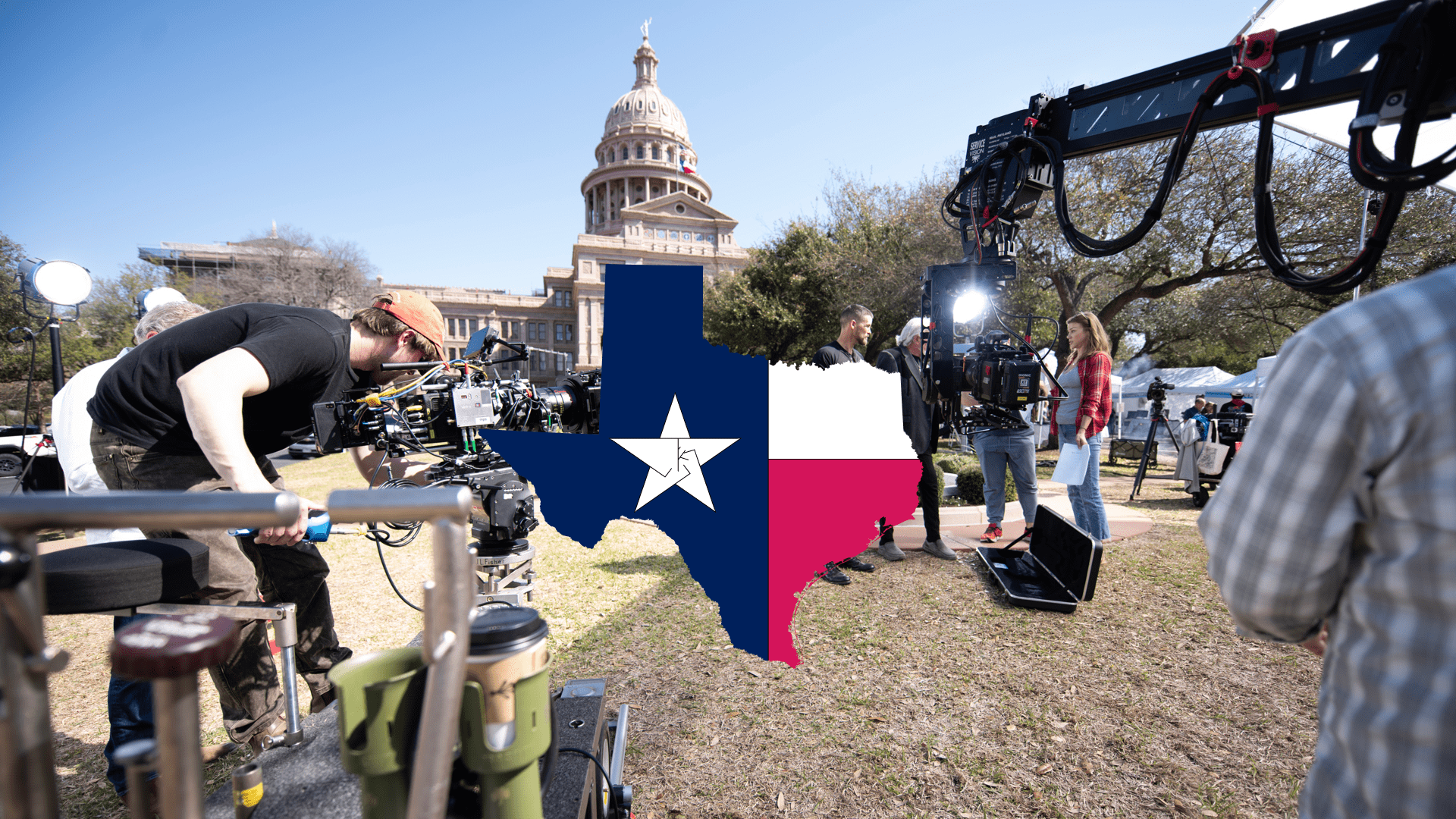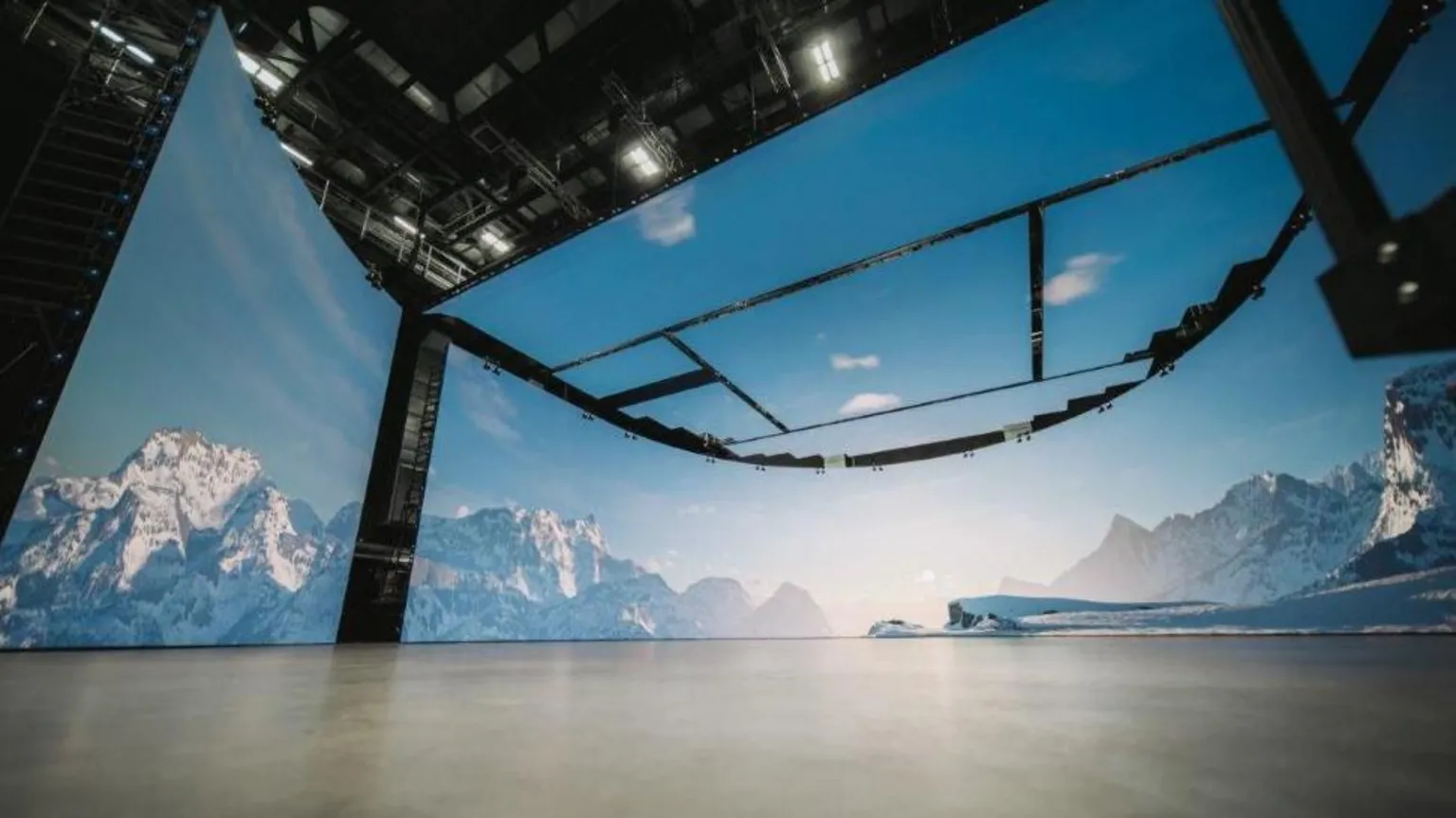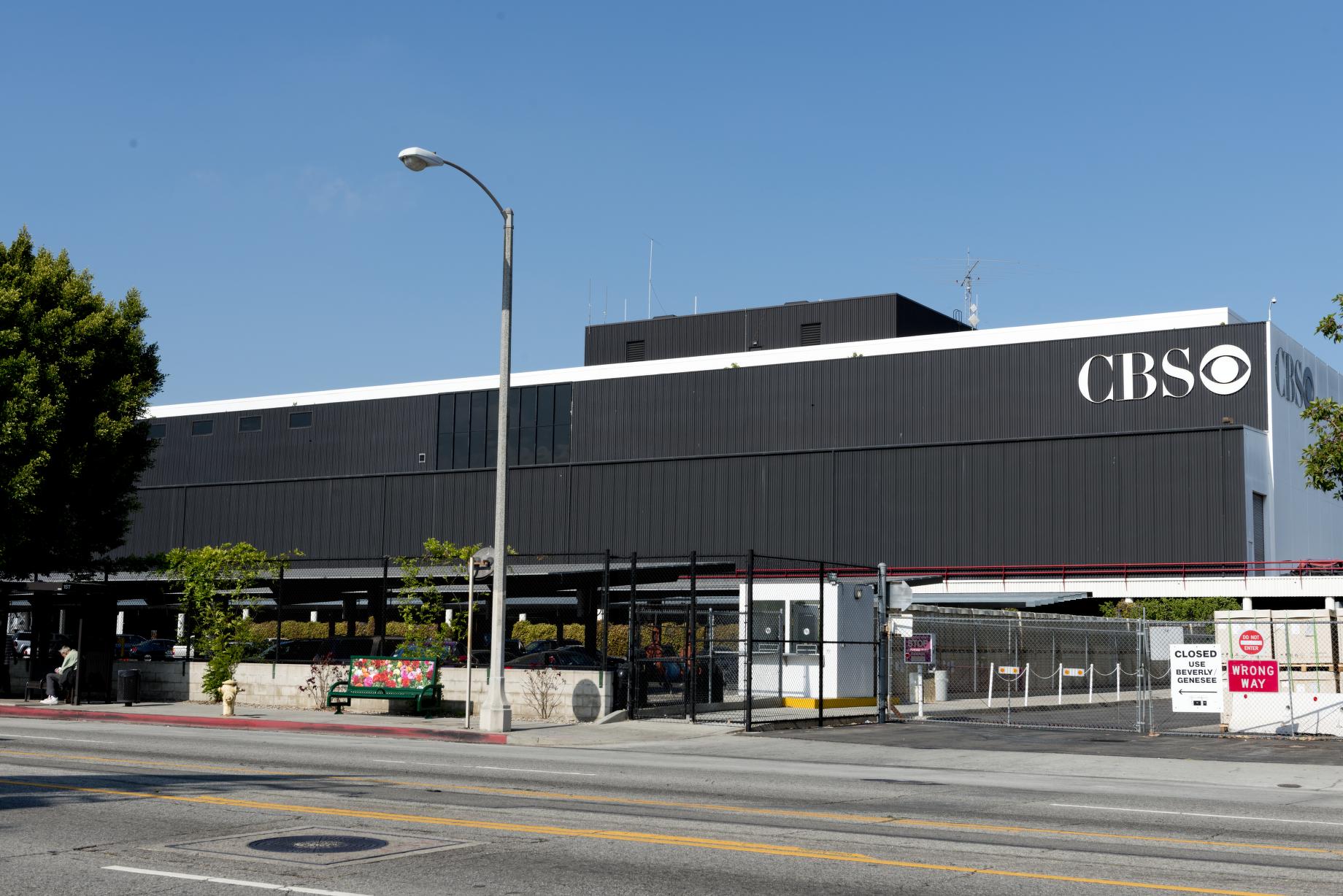Hollywood Heavyweights Migrate to the Lone Star State
In the 1980’s a film crew followed Trammell Crow, one of the most successful commercial real estate developers in the history of the world, as he attempted to lure Hollywood to Texas with the state’s first purpose-built film studios. Trammell’s efforts were documented by Entertainment Tonight with a 28-minute segment titled “Reel Estate” that can still be watched on YouTube(see link below).
Trammell tried to employ the “if you build it, they will come” method of development. We have a saying in commercial real estate, “pioneers get arrows in the back”. Trammell failed in his attempt, but we also have another saying about developers, ”he wasn’t wrong…just early”. As I look around today’s landscape as it relates to Texas and the film industry, this time Hollywood is coming to Texas of its own volition, and it’s here to stay.
The stages are coming.
Below is a list of production stages that have opened or are in stages of pre-development in Texas since 2020:
Stray Vista Studios – Opened Q1 2022 – Dripping Springs
Merit Street Media – Opened 2024 – Fort Worth
Founder – Dr. Phil McGraw
Trilogy Studios I – Opening Q3 of 2024 – Fort Worth
Partnership Between TBN & Optic 8
Trilogy Studios II – Opening 2025 – Irving
Partnership Between TBN & Optic 8
Southside Studios – Opening Q1 of 2025 – Dallas
Owner – Steven Demmler, founder of Talon Entertainment Finance
Head of Physical Production – Tony Armer
Line 204 – Anticipated Opening 2025 – Bastrop
Owner – Alton Butler
Has operated sound stages in LA since 2004
Hill Country Studios – Anticipated Opening 2025 – San Marcos
COO – Kevin Bar, Former Netflix Executive
Horizon International – Anticipated Opening 2025 – Houston
Co-Developers – 50-Cent & Al Kashani
Super Studios – Anticipated Opening 2026 – Mansfield
Founders – Angel Gracia, Sandra Avila & Richard Judson
Texas A&M Virtual Production Institute – Fall 2024 – College Station & Fort Worth
If you Google a lot of the names listed above of the people involved in these facilities, you’ll see they were in California or they were a part of the Film Industry elsewhere in the country, but have decided that greener pastures lay in Texas. To repeat, unlike Trammell in his attempt, this isn’t an outside developer trying to convince or infiltrate Hollywood, this time it’s Hollywood coming and doing the building.
What do Dr. Phil, Taylor Sheridan, Steven Demmler and Texas A&M have in common?
They’re all investing in Texas film production. Dr. Phil has been in America’s households since 1998 when he first appeared on Oprah Winfrey’s show. He hasn’t left the screen since and continues to produce television for middle market Americans. Dr. Phil, in a very quiet fashion, has already constructed and opened a five (5) acre facility with sound stages for a new 24-hour content cycle channel named Merit Street Media, located in North Fort Worth. If you don’t believe me, check out your Instagram. If you live locally in Dallas-Fort Worth, there are advertisements on Instagram for the opportunity to sit in and be a part of the live audience during a taping of Dr. Phil’s show.
Taylor Sheridan, whose career began taking off with his movies “Hell or Highwater”, “Sicario”, and “Wind River”, has held America’s attention since his hit show “Yellowstone” first aired in 2018. By the end of 2024, Taylor will have filmed three (3) major streaming shows in Texas for Paramount in the same year:
Landman – Fort Worth
1923 – Austin
Lioness – Fort Worth, Weatherford, Graford, Cleburne
Past shows Sheridan has filmed in Texas include:
Yellowstone
1883 (I was an extra in multiple episodes)
Lawmen: Bass Reeves
Steven Demmler, an up and coming filmmaker and new owner of the Southside Studios in the Cedars in Dallas, just came back from France where his latest project “Oh, Canada” became the darling of the famous Cannes Film Festival. Steven is currently renovating Southside Studios to modernize the facility and anticipates beginning filming his slate of films, which are currently fundraising, in the first quarter of 2025.
Lastly we have my alma mater, Texas A&M, which created the nation’s first Virtual Production Institute (VPI). The VPI will have two campuses, one in Bryan/College Station and one in Fort Worth. Both campuses will feature state-of-the-art LED Volume Walls and should be open for classes by the fall of 2024. This will give students education and exposure to augmented and virtual reality, display technology, sensing technology, artificial intelligence, real-time 3D graphics and simulation. All of which are intended to help grow and expand the capabilities of those seeking jobs in the film industry. Below is a picture of an LED virtual production wall.
I have highlighted these four types of media content because even though they are all related to television and/or film, they are distinctly different from one another. Dr. Phil (in his 70’s), is extremely tenured, and producing 24/7 over-the air cable content. Taylor Sheridan (in his 50’s), is creating episodic streaming content. Steven Demmler (in his 30’s) is producing independent films and Texas A&M is a public university supporting education and training of those seeking to get into the film industry.
This point is important because it highlights the diversity in the type of content that can be created and produced here in Texas, as well as how major players are trying to support the overall industry here in Texas.
Texas Shortcomings
Going back in time to the original “Reel Estate” Trammell Crow segment, why do I think it is going to be different, “this time”, as compared to when Trammell tried to lure Hollywood back in the 1980’s? If you watch the video referenced in my first paragraph, there were two main issues highlighted from the TV series looking to come to Texas: 1) lack of state incentives and 2) concerns over lack of experienced film crews/work force. Let’s talk about each of those topics.
State Incentives
State incentives do matter, just look at Georgia. Recently, Georgia has spent as much as a billion dollars, billion with a “b”, in a single year in incentives and it has brought every movie under the sun to film there from the Marvel Movies to “Drumline”, “Remember the Titans”, the 2011 re-make of “Footloose”, “The Hunger Games”, “Baby Driver”, “Jumanji: The Next Level” and the list goes on.
People forget that Georgia passed its first Film Tax Credit legislation in 2005. In less than 20 years Georgia surpassed California as “the place” to film a movie in the United States. Texas, during the most recent legislative session, did up the ante with an increase in our state film incentive from $45M up to $200M ($100M/Year). Although this is a tremendous step, this item must be voted on every 2 years, which means it could easily disappear. Whereas Georgia’s film incentive is based off its Income Tax (which Texas does not have) and makes it easier for Georgia to maintain/sustain. As a Texas Native, this is my Texas Pride speaking, but if Georgia got to where it is in 20 years, Texas could do it in 10 years.
Below is an image that industry expert, Randall Heer of Vista Studios, put together to convey the landscape for Production Credits in the United States. Texas is near the top but there is a vast difference between #1 and #6. But hey, top 6 out of 50 isn’t bad. Obviously, on an international basis, Texas is further down the list and there is far more to discuss on the topic of how to sustain/maintain a film incentive. But, for the sake of this article, we’ll stop here.
eer
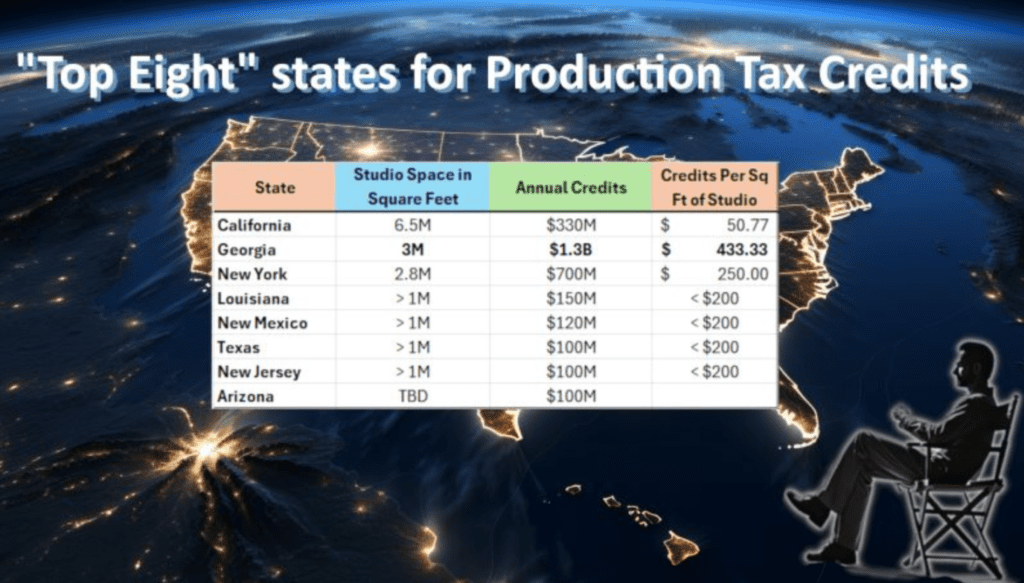
Going back in time, when Trammell tried in the 1980’s, film, incentives weren’t really as big a part of the equation. However, since then, they have become a large variable in the equation for the success of a film economy.
Workforce
On to the second concern, or what Hollywood calls the “Below the Line” people (BTL), and what most would consider the blue-collar side of film production. At the end of the movie, have you ever wondered why the credits are so long? You’ll see the names of hundreds of people not seen on the screen but who had an integral role in helping the film or show be made. I’m talking about those people titled as the gaffer, best boy, grip, camera operator, costume/wardrobe, make-up, hair, line producer, production assistants, set dressers, supporting actors, stunt performers, SFX artists, craft services, etc.
I’ll grant you that in the 1980’s, Texas didn’t have a large enough or strong enough BTL workforce but now, after years of hosting SWSX, ACL, and numerous other large-scale events, I think we’ve developed a solid base here. So solid, a guy like Taylor Sheridan can film multiple shows in Texas. There is home grown talent in the BTL space, however I am continually meeting people, not from Texas, who work in this sector and who, just in the last few years, have moved to Texas. After conversations with people in the industry I have come to the conclusion that there is a larger contributing factor to the growing BTL workforce base in Texas. That impetus factor is the deterioration of the Hollywood (i.e. California) infrastructure.
It is my contention that the people in Hollywood, specifically Los Angeles, who have continuously worked in the film industry, are losing faith in Hollywood being able to continue as it once did. On a typical movie there could be a total staff ranging from 100 to 300 people, including all the BTL people. Guess what? 99 to 299 of those people are not named Tom Cruise and are not making Tom Cruise money (I have nothing against Tom Cruise). COVID shut down film production followed by multiple strikes which impacted different parts of production. My point is that the blue collar workers of the film industry have not had consistent work since 2020…that is nearly 4 years!
Television and film are inherently “gig economies”, meaning people go from production to production of varying lengths, to seek employment (1099 type job). These are not annual and salaried positions (W2 type jobs). It is inherently a risky field of employment because when one show or movie ends, you need to go out and find another job for income. When you take what is already an inconsistent field of employment and add the volatility we’ve seen over the last 4 years with COVID and the strikes, it creates an untenable situation for the BTL people who would conceivably like to afford the bare essentials of paying their rent, buying groceries, send their kids to a decent school and not have to drive 2 hours (one-way) to work (I threw the drive time in because we know the traffic situation is rough in LA). I’m calling the confluence of these factors “the implosion of the Hollywood infrastructure”. Since COVID, the BTL people started moving out of California to Georgia, Texas, and other states and the strikes have only been adding fuel to that fire.
This confluence is not only impacting the BTL people, but also the above the line people, most importantly the creatives. Joe Rogan, Tom Segura, Shane Gillis, Tony Hinchcliffe, are just a few names in terms of talent/creatives who have moved to Texas. Why is this important? (Sidebar: Comedians are also writers of TV and movie scripts.) Now I will admit, comedians are not the only segment of writers for television and film, but they are probably the most visible group within the writers in media today. I would definitely consider comedians a “tent pole” within the writer community for content. If the talent congregates in Texas, guess who is going to follow? The agents and the production companies because they also believe in meeting face-to-face, bumping into each other on the street or at the bar, and discussing ideas for potential projects. Bumping into someone is a lot easier to do if you live in the same city or state. To my earlier point about the quality-of-life aspect, industry professionals from every strata are getting tired of California and are moving.
Comedian, podcaster, writer and film/documentary producer Adam Carolla has been saying, “I’ll be showing up to my kids high school graduation in a U-Haul” to signify that once his kids are out of high school and off to college, he’ll be out of California, as well. Adam is someone who was born, raised, and lived in California his entire life. For someone like him to make a statement like that tells me something has got to be very wrong. Below is a list of actors and executives who have already moved to Texas.
Actors / Talent
Emma Stone (Crazy, Stupid, Love)
Jamie-Lynn Sigler (Sopranos & Entourage)
Jesse Plemons (Friday Night Lights)
Glenn Powell (Top Gun: Maverick)
Kyle Chandler (Friday Night Lights)
James Marsden (X-Men)
James Van Der Beek (Varsity Blues)
Adrian Grenier (Entourage)
Elijah Wood (Lord of the Rings)
Chris Harrison (The Bachelor)
Sandra Bullock (Speed)
Studio Execs / Producers
Mike Deluca – CEO of Warner Bros. (Fort Worth)
Jeremy Latcham – Producer (Austin)
Taylor Sheridan – Writer/Producer (Weatherford)
The last four years I’ve been meeting with industry professionals, seeking to create partnerships to help studios get off the ground. The first question I would get from high ranking studio executives & people outside the state would always be, “What are the tax incentives/rebates for film production?”. However, the groups listed above that are now open and the industry professionals that moved here in the last few years never seem to mention the incentives as their primary motivation for coming to Texas. They all came here for other reasons, usually quality of life. The industry is morphing locally, and nationally, before our eyes, but it appears we still have a ways to go with the state level incentives before see a major studio formally sets up shop here (please see the link below to get a better handle on the incentives from another recent StageRunner article). The suits want incentives, but the below the line people want the quality of life that Texas offers.
Link:
https://stagerunner.net/how-taylor-sheridans-1923-is-transforming-austins-film-landscape/
If Trammell Were Here Today, what would he do?
Trammell Crow was a real estate developer. That means he undertook risky ventures of building properties seeking profit, but he like most developers, justifies risk through supporting data and economics. Based on the market dynamics in Texas today, if Trammell were still here, I think he’d being saying “Build, baby, build”.
Demand
According to Deloitte, in a White Paper the company published, platforms with streaming services more than doubled their spend on content in the three (3) years spanning from 2020 – 2022, increasing from $6.5B up to over $13.8B. According to Deloitte, “the increased spend on production has driven up demand for studio soundstage space across major film hubs, causing a shortage of supply and spurring a surge of investment into purpose-built and converted facilities by content producers, studio owners, and real estate investors.” As a result, the sound stages in North America, Canada, Los Angeles, and New York are expected to be 100% occupied through 2025, even with new developments actively delivering space, per Deloitte.
This strong level of demand is important because when demand is high, and occupancy is maxed out, rental rates go up. Increasing rental rates support the higher construction costs associated with building new facilities.
Link to the Deloitte White Paper
https://www2.deloitte.com/us/en/pages/technology-media-and-telecommunications/articles/studio-production-industry-trends.html
Availability of Cheap Land
As compared to California and New York land prices, Texas land is cheap(er) on both a relative and absolute basis. The figures I’ve seen on the cost of the land for a couple of these developments range between $0.50/SF up to $2.50/SF. That is inexpensive enough to make the numbers work. Additionally, while speaking with potential developers of these studios, everyone echoed a similar sentiment that I will call the “30-Minute Rule”. The ideal site for a studio development is one that is within a 30-minute drive of a major airport and a major city.
The desire to be close to an airport is obvious, for the sake of getting actors and production staff in and out quickly. The desire to be close to a major city is for both access to urban sets and for the time when actors and crew have down time. After a long day of filming/shooting, the crew usually goes out and engages in team building activities (i.e. dinner, socializing, etc.) before the next day of filming. With all the available land in Texas’ major metropolitan areas almost every one of the ten (10) listed studio projects satisfies the “30-Minute Rule”.
Municipality Engagement via Entitlements/Incentives
Entitlements, and/or zoning, are the legal right to develop and use a property for a specific purpose. It is widely known that it is easier to gain a change in entitlements/zoning in Texas cities as compared to the East and West Coast states. For example, Alton Butler, the owner of Line 204 studio, spent almost seven (7) years getting a site entitled in California to develop a purpose-built studio project. Once COVID hit, Alton decided he wanted out of California. Alton sold the newly-entitled California site to Hudson Pacific Properties & Blackstone, and used the proceeds from that sale to purchase a 546-acre property in Bastrop, Texas located 30 minutes from Austin and the Austin-Bergstrom Airport. Alton secured his initial entitlements and incentives from the City of Bastrop in less than one (1) year. Let that sink in for a moment. One year in Texas versus 7 years in California. Which would you prefer?
Whether it is Alton Butler in Bastrop, The Super Studio’s group in Mansfield, or Hill Country Studios in San Marcos, each of these projects received approvals in seven (7) to fourteen (14) months. This speedier acceptance is important for two reasons. One, it signals the desire of the local economy to welcome the employer and future jobs. Second, and more importantly for the developer, shortening the time to gain entitlements can greatly reduce the carrying cost of a development project, thereby making its likelihood of financial success greater. It is apparent based on multiple examples, that Texas has several easy to work with municipalities which will aid in lowering the cost to deliver a purpose-built studio project.
In addition to making it quicker and easier to break ground on these projects, each local municipality has lowered development or operating costs by throwing in incentives like 380 Agreements, Construction Sales Tax Abatements, Seller Financing of City Owned Property, Hotel Occupancy Tax Rebates, and other incentives. It should be noted the Texas A&M Virtual Production Institute was partially funded by the state via a $25M special item secured during the 88th Texas Legislature.
In Closing
Going forward, I think the Texas economy is going to add/grow the film industry as one of the major industries impacting the state. Texas is welcoming the film industry with open arms. Whether it is through expedited approvals for zoning, incentives to lower costs, or special grants from the state budget to support education and future employment in the film industry, Texas is illustrating it has the tools and willingness to bring Hollywood jobs here. And Hollywood is responding as evidenced by Dr. Phil, Taylor Sheridan, Steven Demmler, and Texas A&M. I think these groups are the early adopters and there is more to come. Also, sooner or later, commercial real estate developers will take notice of the market dynamics outlined and start building studios in conjunction with production groups. The demand appears too great, and Texas is welcoming, ripe, and ready to deal. Tramell was right, but just a little early. The time is now for Texas and Hollywood to flourish together.
By Duke Dennis – Director at Marcus & Millichap Capital Corporation
If you have any questions or comments, please feel free to email me at Duke.Dennis@marcusmillichap.com
Play Video
Entertainment Tonight Segment “Reel Estate” featuring Trammell Crow

